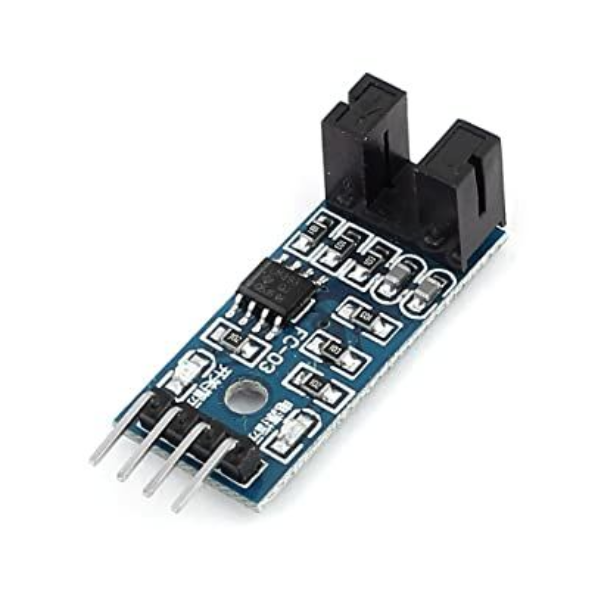
DSM Online Support
Support Master
Welcome to DSM Online
How can I help you today
How can we assist you? please let us know the support you need from DSM Online








Category: Others Sensors
SKU: 1857
Description:
An Optical Slot Speed Sensor is a non-contact sensor designed to accurately measure the rotational speed of motors, shafts, and other rotating components.
Key Features:
Specifications:
DATA SHEET AND USECASE
One commonly used Optical Slot Speed Sensor is the LM393-based module. Key features include:
Operating Voltage: 3.3V to 5V DC
Current Consumption: 15mA
Slot Dimensions: 10mm width and 12mm height
Output Format: Digital switching output (0 and 1)
Indicator LED: Lights up when no object is detected; turns off when an object is present